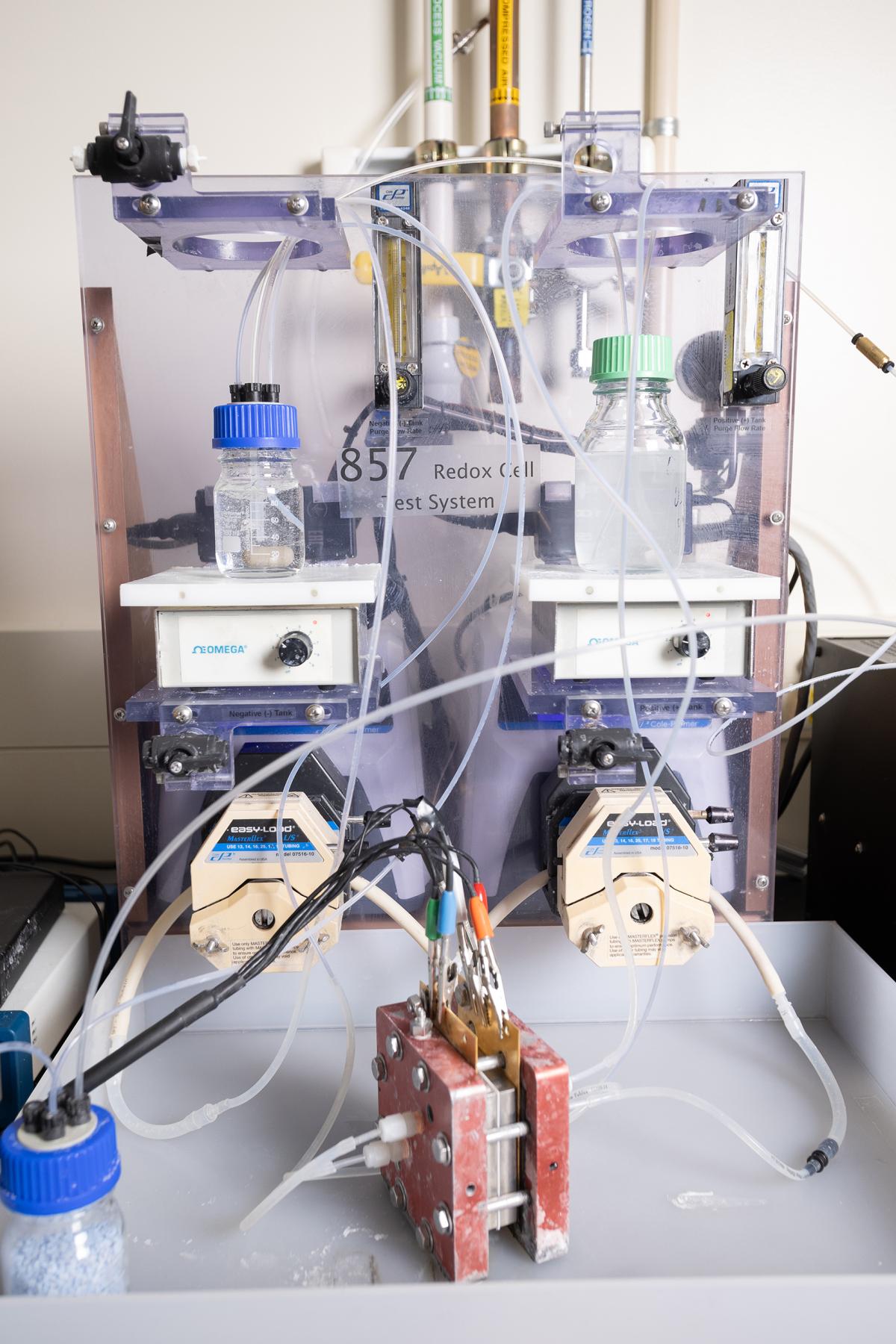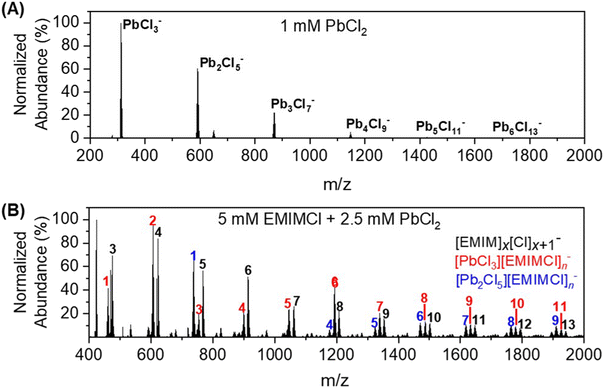2024-04-26 バッファロー大学(UB)
<関連情報>
- https://www.buffalo.edu/news/releases/2024/04/new-algorithm-cuts-through-noisy-data-to-better-predict-tipping-points.html
- https://www.nature.com/articles/s41467-024-45476-9
異なるノードからの早期警告シグナルを混合することで、レジームシフトを予測する Anticipating regime shifts by mixing early warning signals from different nodes
Naoki Masuda,Kazuyuki Aihara & Neil G. MacLaren
Nature Communications Published:05 February 2024
DOI:https://doi.org/10.1038/s41467-024-45476-9

Abstract
Real systems showing regime shifts, such as ecosystems, are often composed of many dynamical elements interacting on a network. Various early warning signals have been proposed for anticipating regime shifts from observed data. However, it is unclear how one should combine early warning signals from different nodes for better performance. Based on theory of stochastic differential equations, we propose a method to optimize the node set from which to construct an early warning signal. The proposed method takes into account that uncertainty as well as the magnitude of the signal affects its predictive performance, that a large magnitude or small uncertainty of the signal in one situation does not imply the signal’s high performance, and that combining early warning signals from different nodes is often but not always beneficial. The method performs well particularly when different nodes are subjected to different amounts of dynamical noise and stress.



